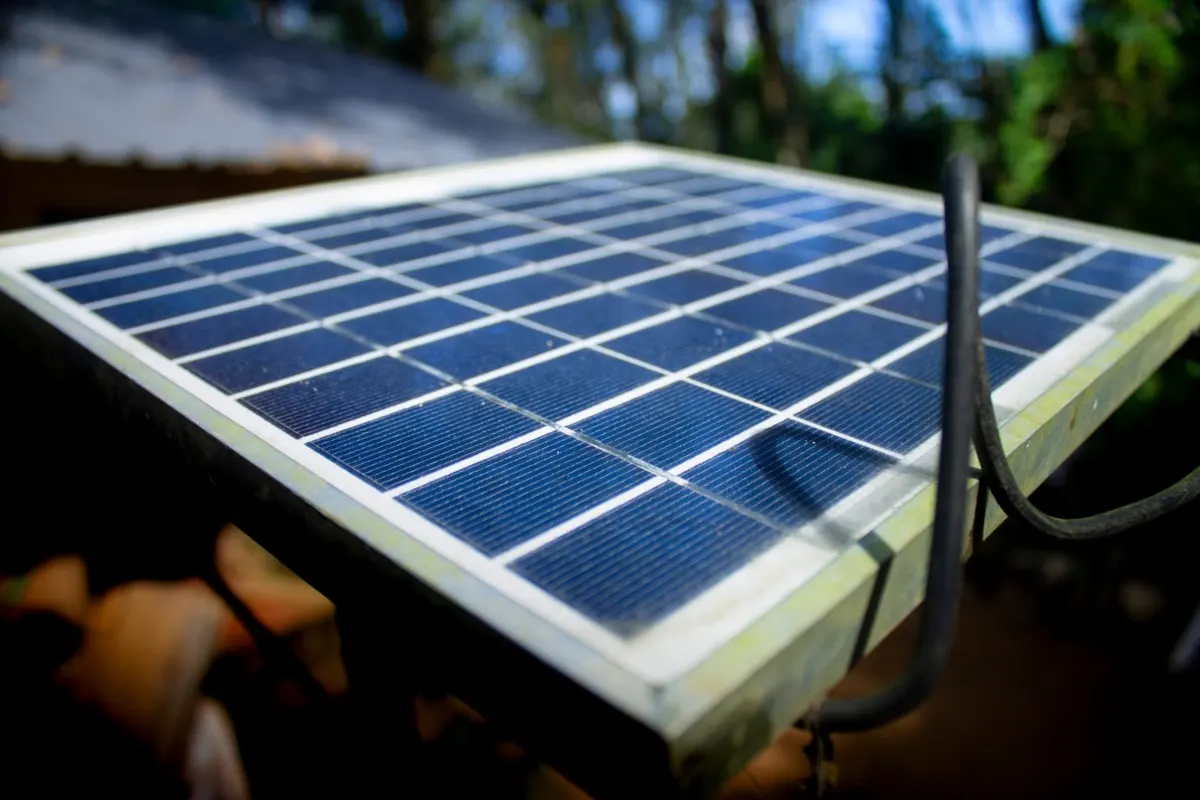
Your home life is more wasteful than you realize.
The average American household consumes more than 900-kilowatt hours every month. Assuming you’re powering your home with coal or petroleum, this puts nearly 1,935 pounds of CO2 into the atmosphere.
Don’t assume you’re doing much better if your home relies on natural gas instead. This “cleaner” fuel still generates close to 900 pounds of CO2 waste.
Finding ways to reduce your energy use should be a top priority for every household, as should seeking out less-polluting forms of energy production.
The good news is that there are lots of ways to produce your own renewable energy at home. Whether you’re looking for a simple strategy to charge your phone battery or want to forgo your oven in favor of cooking with sunlight outside, every step you take to utilize renewable energy is a benefit for the planet.
Check out these DIY projects for familiarizing yourself with renewable energy options on the home scale. They are designed to inspire you so you can start taking steps to reduce your reliance on fossil fuels.
26 Top Ways To Produce Your Own Renewable Energy At Home
There are ample opportunities for experimenting with renewable energy at home. Your first step should be choosing the energy production method that most interests you and then finding a project that fits your capabilities.
Solar Power
In the world of alternative energy production, solar power gets a lot of credit. The sun puts out an estimated 174 quadrillion watts of power in each given moment, and just two minutes of the light that reaches earth contains enough energy to power all human activity for a year.
Suffice it to say, there’s a lot to gain from harnessing the sun as an alternative energy source. Though the most efficient way currently to reap its benefits is by installing solar panels on your roof, there are plenty of DIY projects that will let you utilize the sun’s rays on a smaller scale to produce your own renewable energy at home.
1. Green Solar Powered Water Barrel
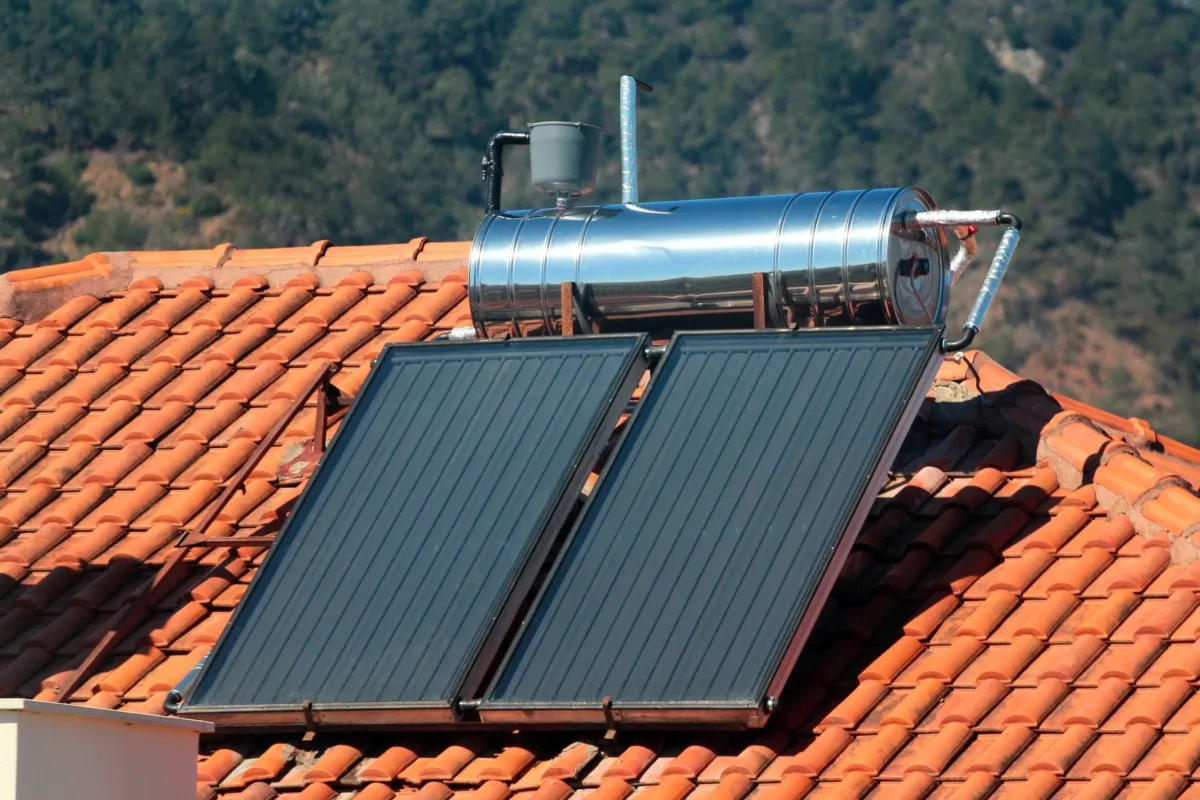
Water your plants without requiring extra energy with this twin 85-gallon barrel system. The solar charger works to pump the water even in low-pressure circumstances, and the water stays warm enough that it won’t shock your plants when they are exposed to it. Best of all, it can easily be hooked up to your gutters to collect rainwater.
2. Solar Powered Pump (for Filling Water Barrels)
Get water into your garden effortlessly (even uphill!) with this solar-powered water pump. This project should give you enough water access for a 2,500-square-foot garden.
3. DIY Solar Powered Greenhouse Watering System
Make your greenhouse more low maintenance this year with a solar-powered automatic watering system. You can add irrigation timers to ensure the water runs without your monitoring so that it’s even possible to leave the homestead for a few days at a time.
4. DIY Drainback Solar Water Heating System
Use the power of the sun to heat your home’s water supply with recycled domestic hot water collectors. If you have supplies on hand, this simple project will save you money quickly.
5. Homemade Solar Panels
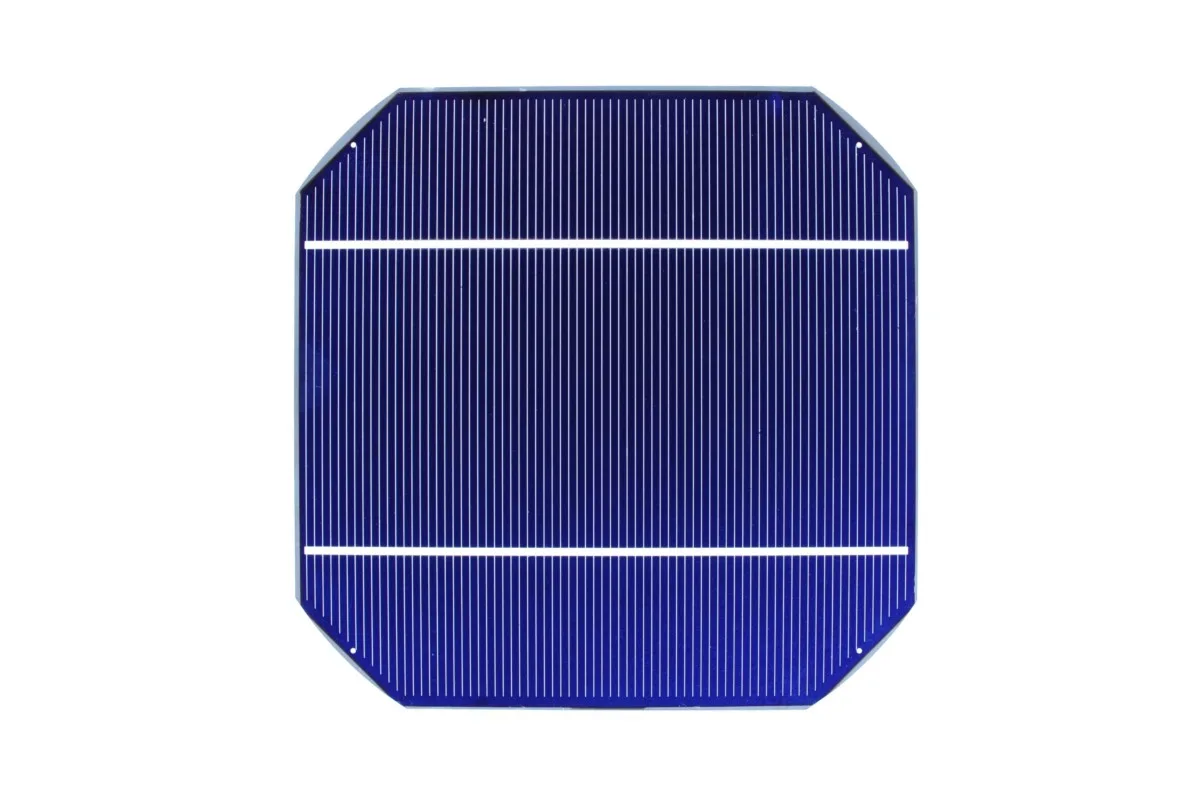
Making a DIY solar panel is more straightforward than many think. The solar cells can be purchased online for a fraction of the cost of purchasing pre-assembled units, and the finished product offers a stellar option to power your home’s standby electronics.
6. Solar-Powered Electric Mower
If you have a DC motor, 12-volt batteries, and a basic solar panel setup, you can transform your gas-guzzling mower into a free-energy sun-powered unit. As running a traditional mower for an hour is the equivalent of driving your car 100 miles, this project offers an option to make a serious difference from a sustainability perspective.
7. DIY Solar Ovens
Though previously considered a science fair novelty, solar ovens have come a long way and can now take over many duties of your traditional range. This DIY oven requires little more than an insulated box lined with aluminum foil and an old window to concentrate the heat. With the right weather conditions, you can use this type of oven to boil pasta, bake bread, and even cook meat. Best of all, these oven’s relatively low temperatures make it nearly impossible to overcook your meals.
8. DIY Parabolic Solar Oven
Ramp up the heat while you cook with a parabolic oven. The curved disc design concentrates heat right where your food is, which makes these ovens capable of extremely high temperatures that can sear meat quickly. They offer an excellent option for someone who wants to get serious about backyard cooking.
9. Turn a Mason Jar into a Solar Cooker
There’s no need to overcomplicate solar cooking—even a basic mason jar can be used for the purpose. This DIY offers a great way to pasteurize water, especially in a survival situation.
10. Simple Solar Water Heater
Enjoy scalding hot water at home without guilt about your fossil fuel consumption by installing a homemade solar water heater. These instructions let you walk you through the process of choosing the appropriate size for your project scale and building it from the base up. Once finished, you should get enough hot water for a shower within two hours of summer weather.
11. DIY Solar Phone Charger
Power your cell phone with a renewable energy charging station that offers off-grid power whenever you have sunlight. Expect to get a full charge for the 12-volt battery within eight hours.
12. Mounted Solar Charging Station
If you want to build a more permanent solar charging station, these instructions offer plans to build a mounted unit that can offer charging options in remote places, such as the middle of a hiking trail.
13. Solar Food Dehydrator
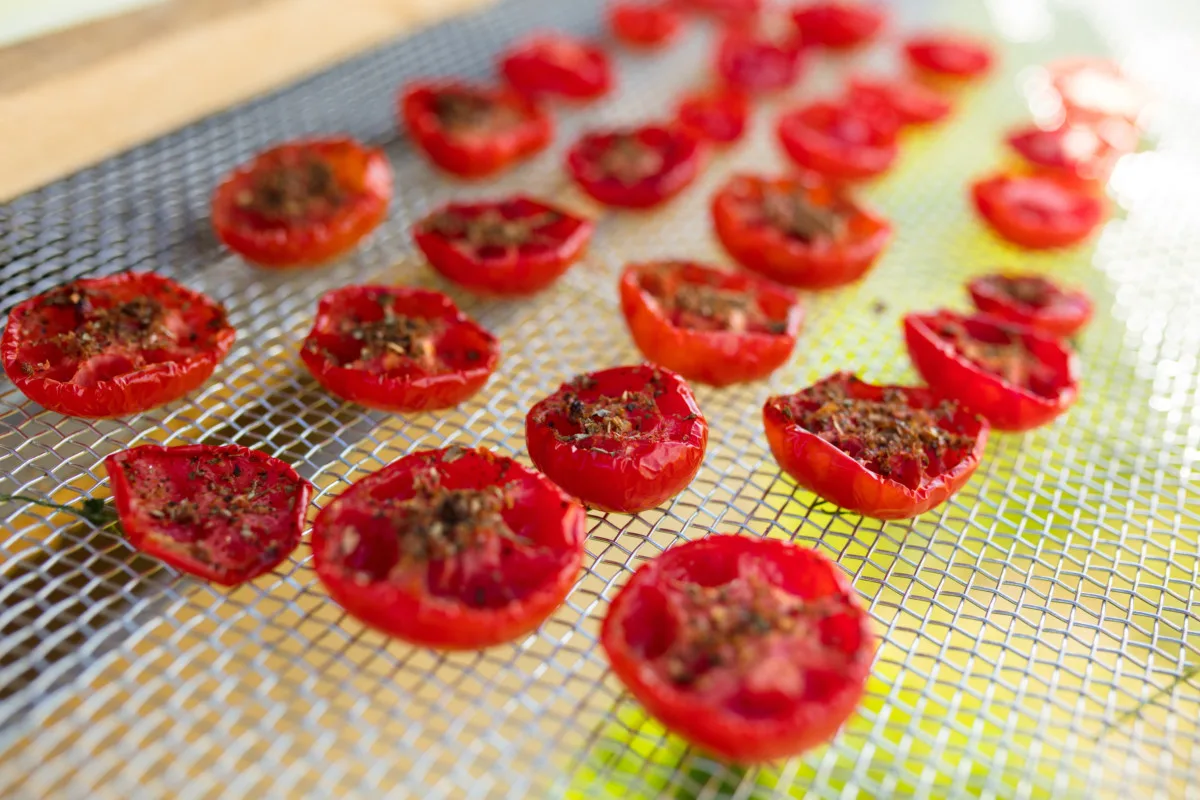
Dehydrating food is an age-old practice for preservation, but it’s a major energy suck to run a traditional dehydrator for hours on end. These instructions let you harness the sun’s power to accomplish the same goal of preserving food at home.
14. Homemade Solar Water Distiller
Freshwater is a resource you never want to have become scarce, so having access to a solar water distiller can solve this problem. These instructions walk you through the process of purifying water to ensure you have a way to access some whenever necessary.
Geothermal Heat
The earth’s core maintains a consistent temperature throughout the year, and it’s possible to tap into this natural energy for an alternative to traditional heating and cooling systems.
You can go large-scale by installing a geothermal heating system to maintain a comfortable ambient temperature while using about a quarter of the electricity of traditional heating methods.
Alternatively, start smaller with these DIY projects that rely on geothermal principles.
15. Homemade Electricity-Free Fridge
Keeping food cool 24/7 takes up a significant amount of household energy, but you can create an “ambient air fridge” to dramatically cut down on your usage, at least for small amounts of food. The key to this design is using terra cotta pots that allow gasses to escape without compromising your food’s safety.
16. DIY Ground Source Heat Pump
This innovative heating style pulls energy from the ground and uses it to heat your home or keep it cool, depending on the time of year. You can make your own unit by following these (admittedly ambitious) plans from Build It Solar.
17. DIY Basement Root Cellar
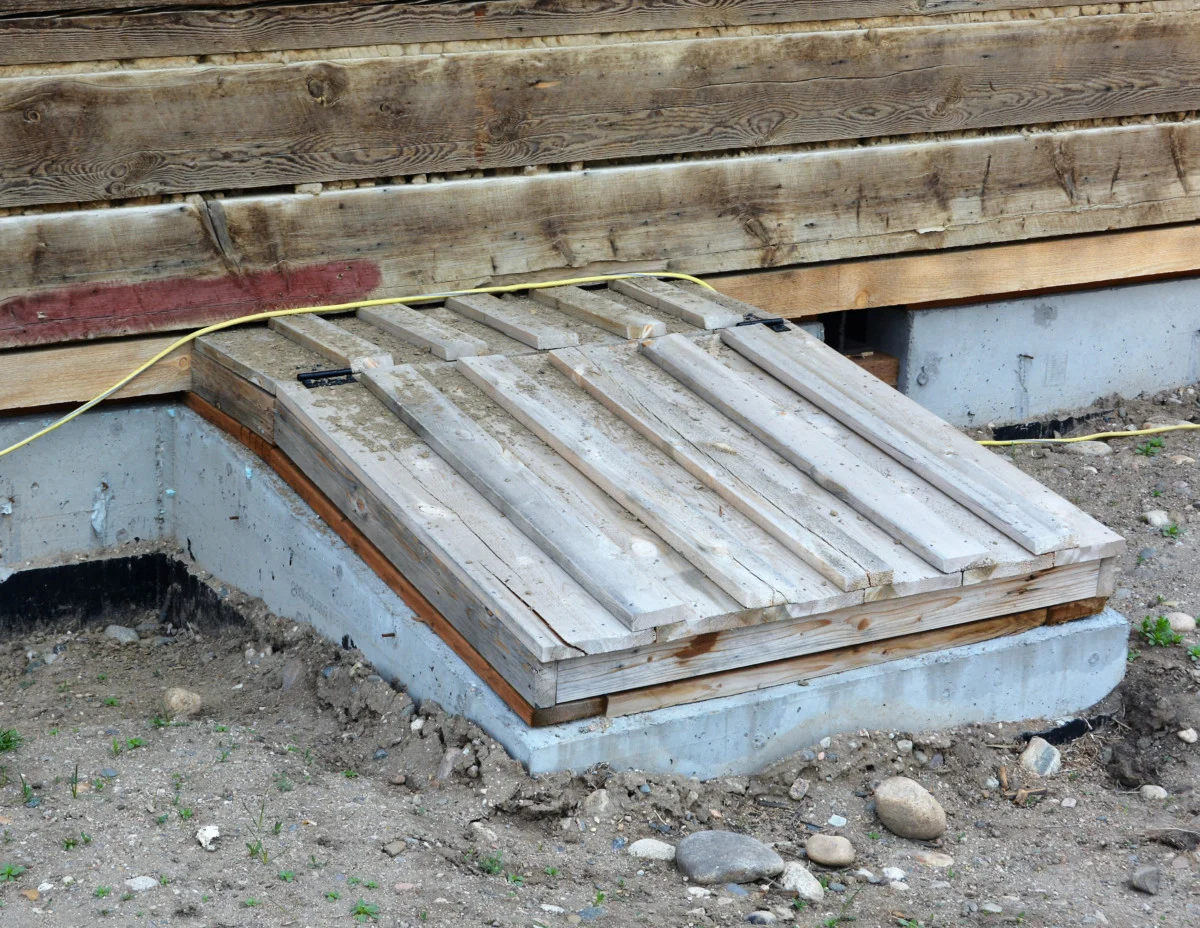
Protect your garden produce this winter in a passively cooled basement space with this simple root cellar project. The plan will walk you through the two-vent system that provides the appropriate amount of airflow to keep everything fresh.
Wind Turbines
Massive wind farms rarely fail to impress, and when positioned in optimal areas, they can produce a tremendous amount of power with few drawbacks from an environmental perspective.
It’s somewhat difficult to scale down wind power for personal use, and a wind turbine capable of powering your whole house might cost $50k or more.
However, there are plenty of smaller projects that let you experiment with wind power in order to produce your own renewable energy at home.
18. DIY Wind Turbine from Scrap Metal

If you have the materials on hand, this is an easy weekend project for generating electricity from wind. You can use it to charge a bank of batteries that can be used for powering any household appliances.
19. DIY Car Alternator Wind Turbine
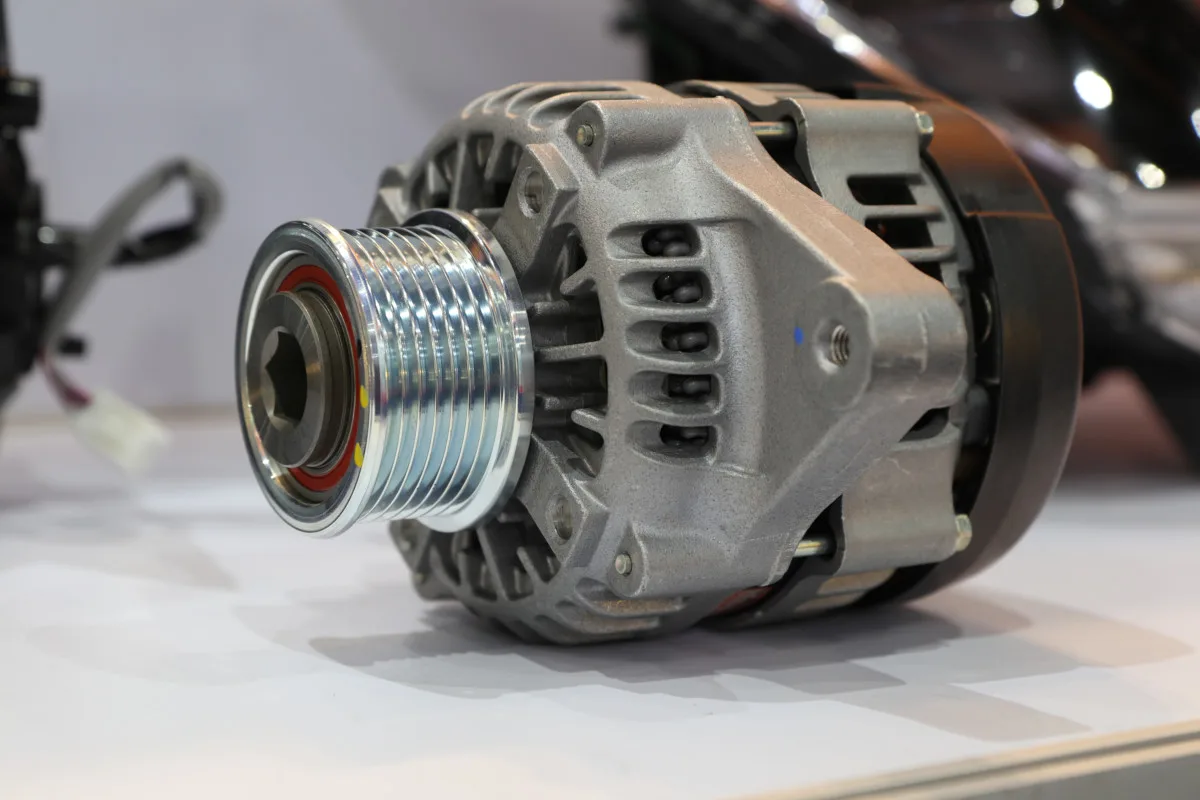
Here’s another option for harnessing wind power for your electrical needs. It uses more standardized equipment, which might be a more comfortable option for those who are newer to DIY projects.
Kinetic Energy
When it comes to generating renewable energy at home, never discount the potential of your own body to create power.
There are lots of projects that make it possible to convert the energy from your daily commute or other activities into stored energy to power electronics without relying on fossil fuels.
20. Energy-Free Washing Machine
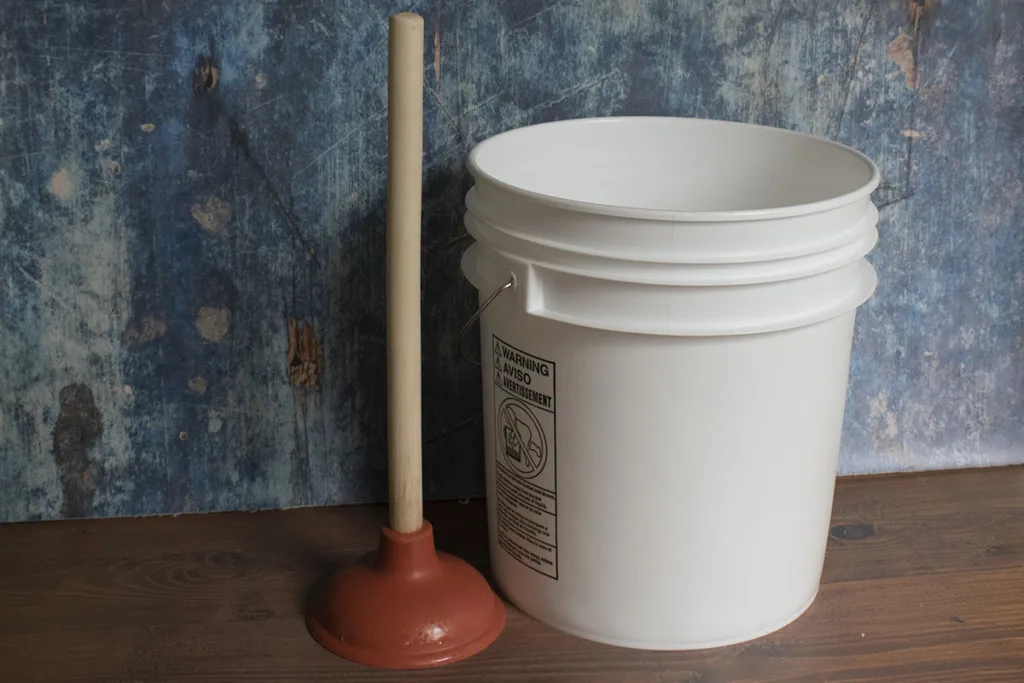
Keep your clothing clean even when off-grid with this basic washing machine. You’ll use a bucket and plunger to agitate your clothing and remove the dirt, giving you clean clothes within half an hour.
21. Bike Generator
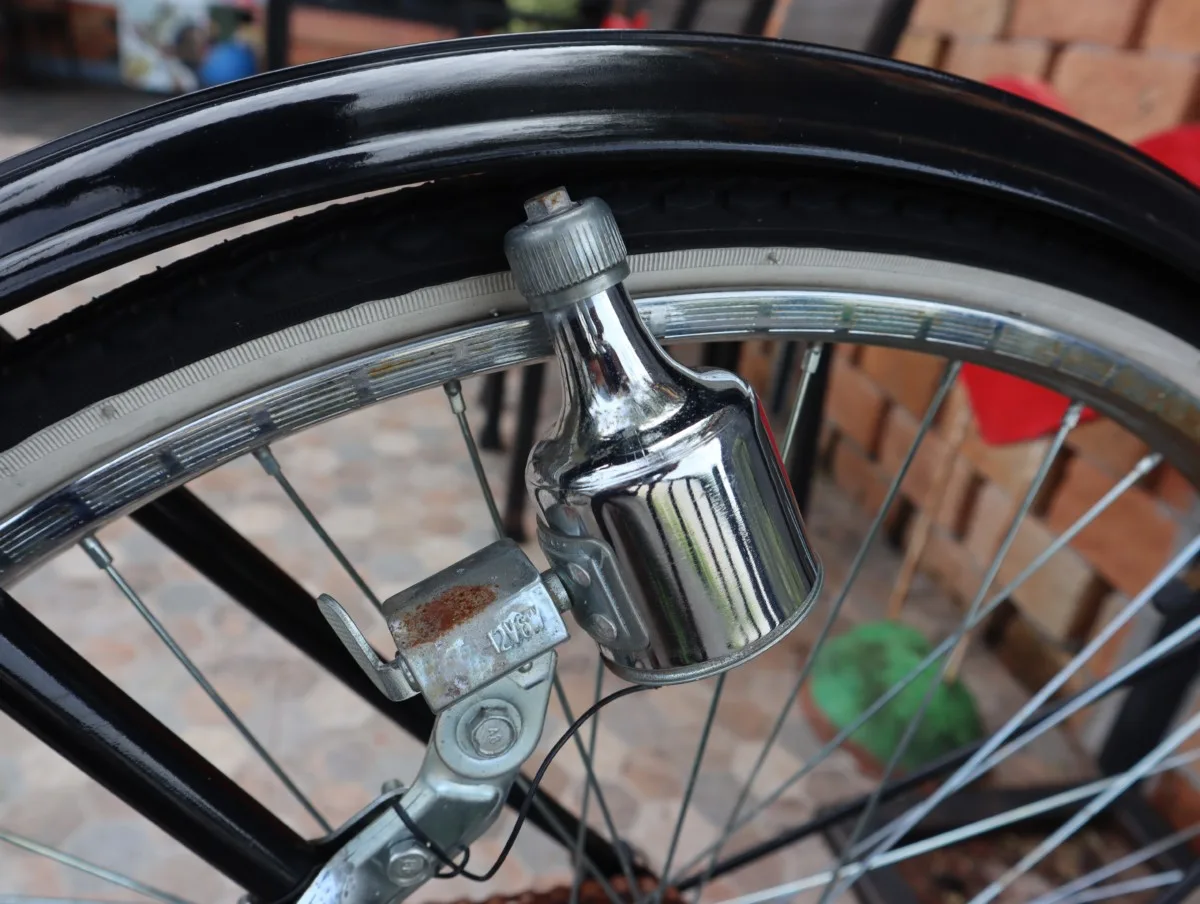
Let your daily commute do double duty by using your bike to charge AA batteries as you cycle. These instructions also offer an option to install a standard 12v power outlet so you can charge a cell phone at the same time.
22. Human-Powered Phone Charger
Ensure your phone is also ready in emergency circumstances with this kinetic phone charger. With a few modifications, you can also attach this charger to a manual sewing machine for even easier charging.
23. DIY Portable Bellows System
If you’re the kind of person who often wishes you had a way to direct extreme heat in specific directions, then the Firecharger might be a dream come true. This portable bellows system lets you accelerate the heat in a wood fire to get temperatures hot enough to demolish backyard stumps or possibly even power some blacksmithing projects.
Biogas
It’s easier than most people think to convert waste products into sources of renewable energy. After all, when you convert manure and food scraps into methane, you are essentially speeding up the process of creating oil and natural gas.
It’s possible to use biofuels for a variety of home uses, including heating and cooking. Just take care to scale up slowly, as it takes a lot of material to produce enough gasses for basic tasks.
24. DIY Medium-Sized Biogas Plant
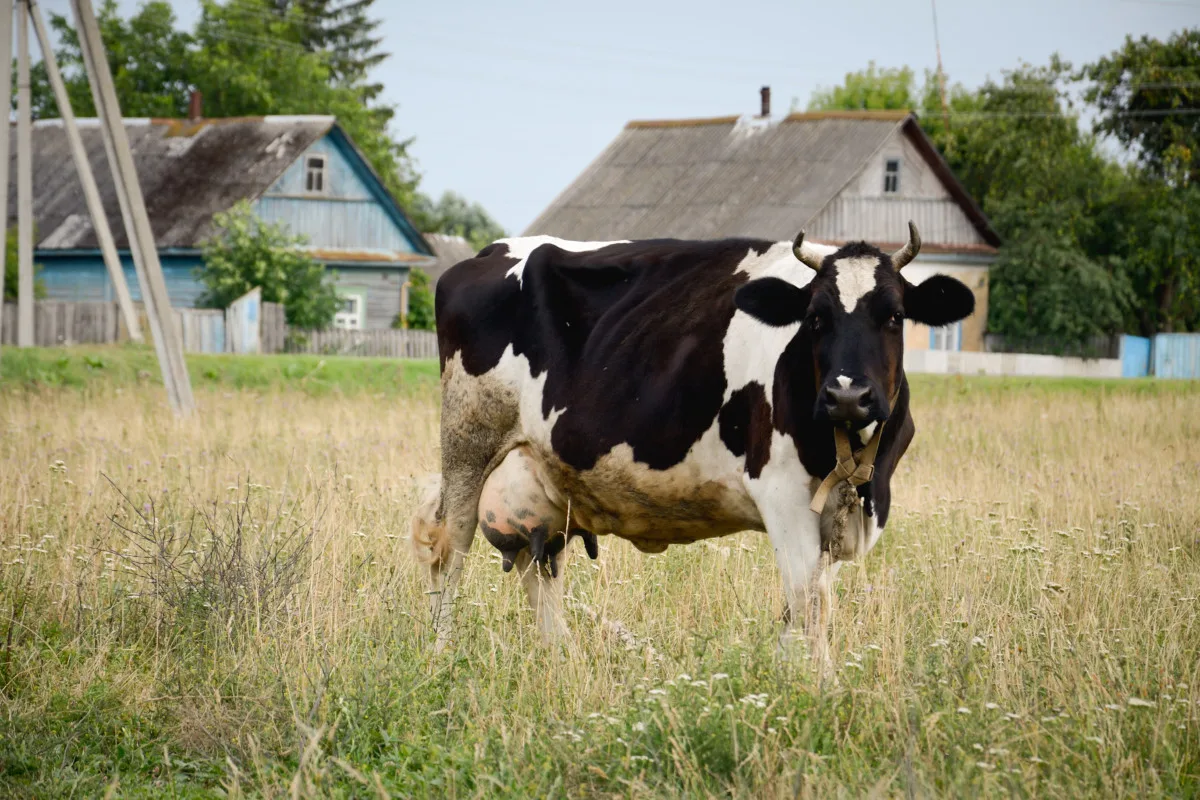
Turn cow patties and food scraps into a power source with this biogas plant that transforms waste products into methane gas that can power a small stove for cooking.
Here’s another plan for a similar, smaller model that can help boost your confidence in home gas production.
25. Turn Garden Weeds Into Energy
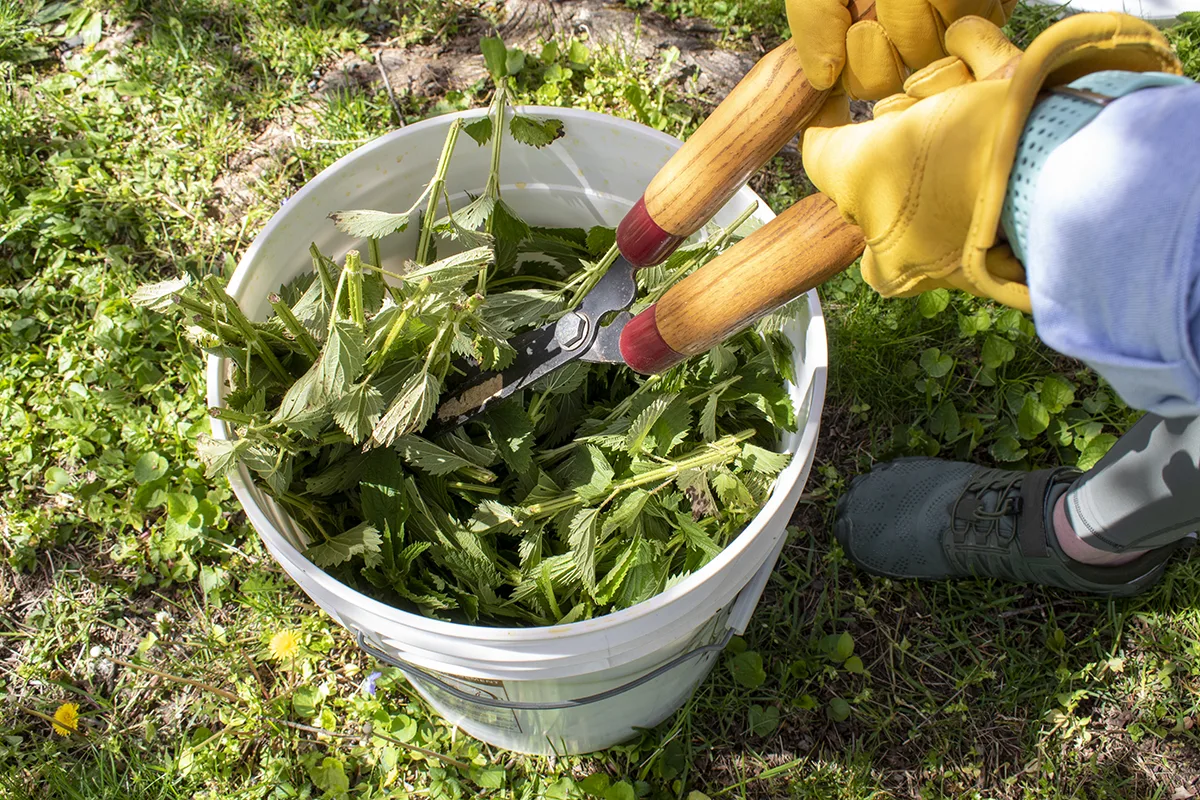
Every gardener has an excess of weeds to deal with, and transforming them into compost can be a tedious process. It’s also ineffective once the weeds have gone to seed. Put this plant material to a different use through anaerobic digestion. With this plan, you can convert this waste material into methane for cooking and other projects.
Take Steps to Produce Your Own Renewable Energy at Home Today
You don’t have to fill your roof with solar panels or convert your property into a windmill farm to reap the rewards of renewable energy. For the project inclined, there are ample opportunities to experiment with fossil fuel-free forms of energy without breaking the bank.
These projects are meant to expose you to what’s possible and should be viewed as a launching point for further projects. So, do your own research, and you’ll likely find dozens of more ways to start living a more sustainable life at home through renewable energy.

Get the famous Rural Sprout newsletter delivered to your inbox.
Including Sunday ramblings from our editor, Tracey, as well as “What’s Up Wednesday” our roundup of what’s in season and new article updates and alerts.

